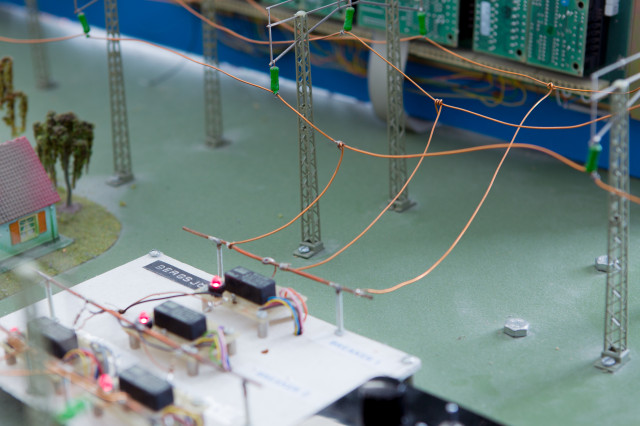The course address classical results and methods in digital signal processing, both in terms of fundamental principles and mathematical theories. In particular:
· Implementation of digital filters and approximations of target impulse responces and trasfer functions using FIR filters.
· Spectral estimation methods including the periodogram, the modified periodogram, and auto regressinve (AR) model based spectral estimation methods and their connection to prediction.
· The FFT algorithm and its use in spectral estimation and filtering.
· Upsampling and downsampling of time-discrete signals.
· Filterbanks for splitting a signal into sub-bands.
· Effects of quantization and fixed point implementations of filters and systems.
After passing the course the student is expected to be able to:
· Give examples of signal processing problems that can be solved using digital signal processing.
· Implement digital signal processing methods in MATLAB (or an equivalent programming language) based on a given algorithmic description or theory.
· Explain and give examples of how digital filters can be implemented in software and hardware, and show some insight into thepositive and negative aspects ofdifferent implementations.
· Approximate filters with given impulse responces and transfer functions using FIR filters, and to quantitively and qualitatively assess the approximation.
· Show some insight into the underlying principle of the FFT algorithm, use this algorithm to filter digital signals in the frequency domain, and calculate its complexity.
· Estimate the power spectral density (PSD) of a time-discrete stochastic process using non-parametric and parametric methods and show some insight into thepositive and negative aspects of thedifferent approaches.
· Formulate and implement MMSE-optimal FIR filters for a given signal model.
· Implement and use methods to increase and decrease the sample rate of a signal and explain, quantitively and qualitatively, how this signal is affected in the time and frequency domains.
· Implement and use a filterbank to split a signal in sub-bands and then reconstruct the original signal.
· Show some insight into what happens when a filter is implemented on a fixed point processor, be able to model and calculate quantization and fixed point noise, and based on the calculations choose between implementations.
· Combine the methods and results described above to solve simpler signal processing tasks, and be able to report and motivate the chosen solution in the form of a written technical report.
A student that is approved with a higher grade (than E) shoud also be able to:
· Combine the methods above to solve more complex tasks and signal processing problems.
· Provide convinsing and technically accurate motivations for solutions and methods chosen, as for example for a chosen spectrum estimator.
· Show deeper insights into the theoretical results of the course than what is required to mecanically apply the relevant formlulas.
